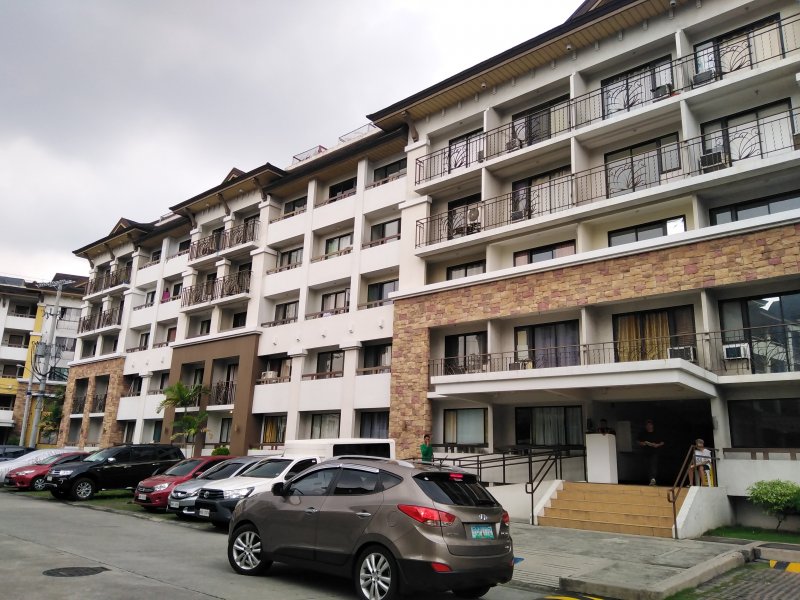

It anyway appears that the '*:S' filter is not working for me. I've tried adb kill-serverĪlso shutting down Visual Studio, because the only thing I could think of was that the VS Android Device Log was somehow messing up the adb commands - but that is not really likely. Returns all entries including those with the correct #pid.Īs I understand, this should work. For example, it might be something like C:\Users\YourUserName\AppData\Local\Android\Sdk. In the Android SDK Location field, note the path to your SDK. Click on SDK Location on the left-hand side. Confirm the Fire Driver Is Installed Correctly.Tablet doesn't appear in list of devices in Android Studio.Check for Connected Devices If ADB Isn't In Your PATH.Check for Device Connections Using ADB (Optional).Step 4: Connect Your Fire Device to Your Computer with a USB Cable.Step 2: Install the Kindle Fire Driver (Windows Only). Returns nothing, even though the App is running on the Device.ĭoes not filter of course, but can easily find many #pid entries via a text search of the results.Ĭan also see the #pid log entries in real time using the Visual Studio 2019 Android Device Log. To manually set the path to adb in Android Studio, follow these steps: Open Android Studio and go to File > Project Structure.

So I'm using the windows admin cmd prompt to send adb commands to a USB connected Samsung S23 Ultra.


 0 kommentar(er)
0 kommentar(er)
